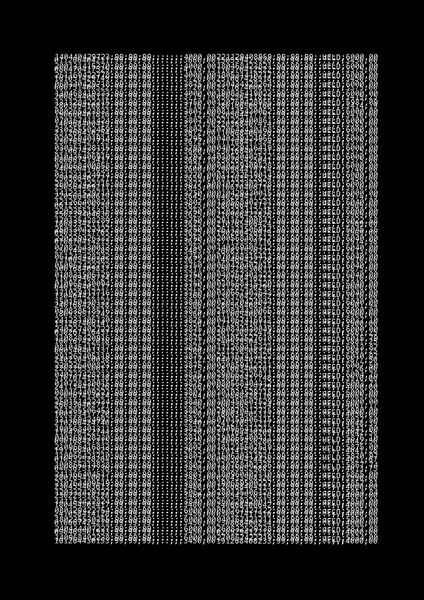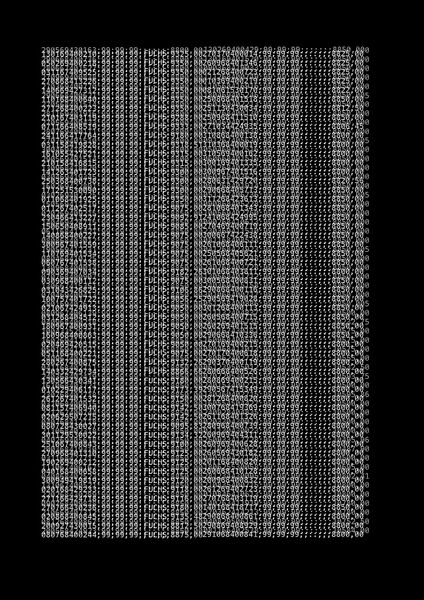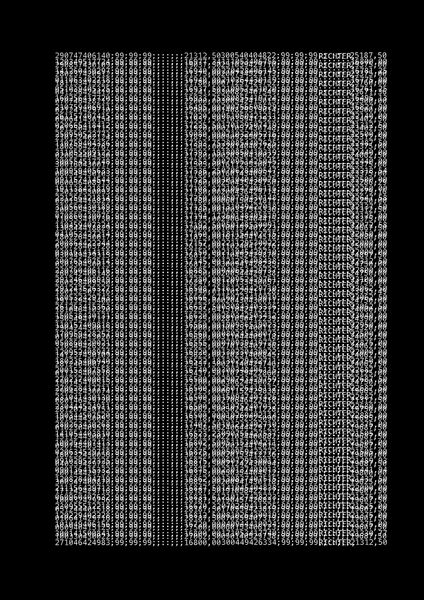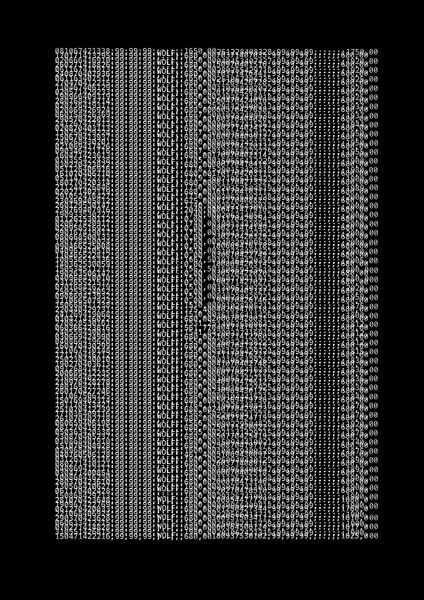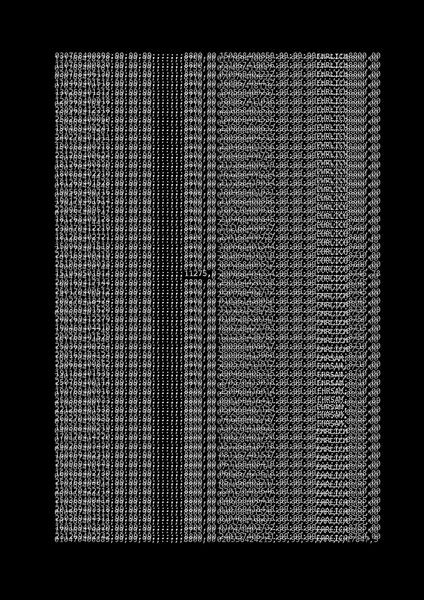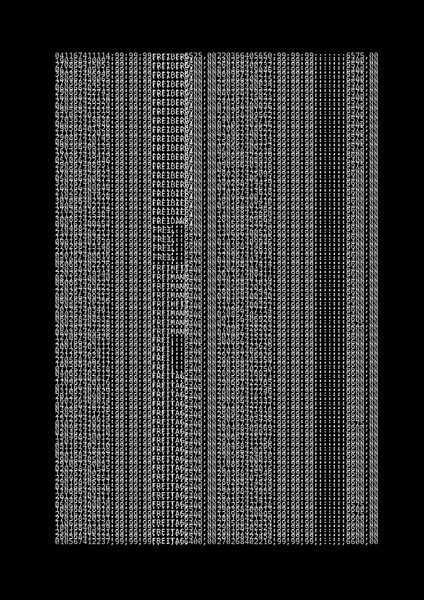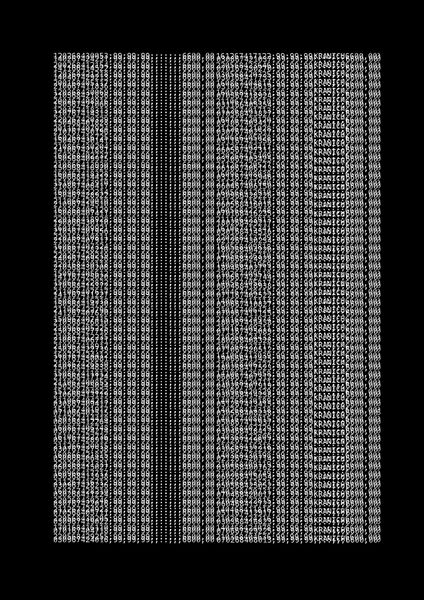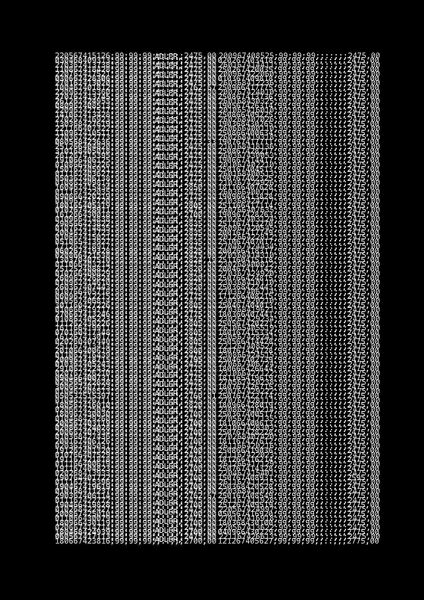Archiving Power, 2018/2024
"Past events, it is argued,have no objective existence, but survive only in written record and in human memories.The past is whatever the recordsand the memories agree upon. And since the Party is in full control of all records and in equally full control of the minds of its members, it follows that the past is whatever the Party chooses to make it."
George Orwell, 1984
Participating as a data collector in a totalitarian system was an affirmation of faith in communism and a belief that the GDR represented progress—a legitimate alternative to the West. While some individuals were coerced or blackmailed into collaboration, others engaged willingly to advance their careers.
Eavesdropping and informing on others became normalised in the GDR, often occurring without direct pressure from the Stasi. By complying and participating, ordinary citizens legitimised the government's surveillance apparatus, contributing to a culture of fear and intimidation that destroyed countless lives.
For this piece, I began with a formerly secret, coded list of all Stasi employees. I overlaid and edited selected pages, inverting them so that white numbers and letters appear in columns on black—interrupted by vertical gaps, like data streams that are broken or redacted. This creates a visual language of concealment and control.
Among the lists, you will find spelled-out names I discovered among others—Held, Fuchs, Wolf, Ehrlich, Kranich, Richter, Adler, Frei. These surnames now sound almost poetic, detached from their original context. Yet they carry a dual resonance: they evoke both human presence and the language of power. Their meanings—hero, fox, wolf, honest, crane judge, eagle, free, —mirror the psychological landscape of a system built on control, fear, and ideological contradiction.
By embedding these names within the imge, I aim to highlight the anonymised scale of the machinery while recovering fragments of individual identity. The installation invites viewers to decipher and reflect on the names, to navigate the boundary between the personal and the institutional, and to confront the moral complexity of complicity and resistance.
The work consists of at least 100 prints (A4). Accompanying the installation is a slideshow of 170 images drawn from the same list, presented over 10 minutes with sound—a layered record of surveillance, silence, and systematised control.
https://www.dropbox.com/s/mow51vburkly2lb/Archiving%20Power-hevcmp4.mp4?dl=0
George Orwell, 1984
Participating as a data collector in a totalitarian system was an affirmation of faith in communism and a belief that the GDR represented progress—a legitimate alternative to the West. While some individuals were coerced or blackmailed into collaboration, others engaged willingly to advance their careers.
Eavesdropping and informing on others became normalised in the GDR, often occurring without direct pressure from the Stasi. By complying and participating, ordinary citizens legitimised the government's surveillance apparatus, contributing to a culture of fear and intimidation that destroyed countless lives.
For this piece, I began with a formerly secret, coded list of all Stasi employees. I overlaid and edited selected pages, inverting them so that white numbers and letters appear in columns on black—interrupted by vertical gaps, like data streams that are broken or redacted. This creates a visual language of concealment and control.
Among the lists, you will find spelled-out names I discovered among others—Held, Fuchs, Wolf, Ehrlich, Kranich, Richter, Adler, Frei. These surnames now sound almost poetic, detached from their original context. Yet they carry a dual resonance: they evoke both human presence and the language of power. Their meanings—hero, fox, wolf, honest, crane judge, eagle, free, —mirror the psychological landscape of a system built on control, fear, and ideological contradiction.
By embedding these names within the imge, I aim to highlight the anonymised scale of the machinery while recovering fragments of individual identity. The installation invites viewers to decipher and reflect on the names, to navigate the boundary between the personal and the institutional, and to confront the moral complexity of complicity and resistance.
The work consists of at least 100 prints (A4). Accompanying the installation is a slideshow of 170 images drawn from the same list, presented over 10 minutes with sound—a layered record of surveillance, silence, and systematised control.
https://www.dropbox.com/s/mow51vburkly2lb/Archiving%20Power-hevcmp4.mp4?dl=0
